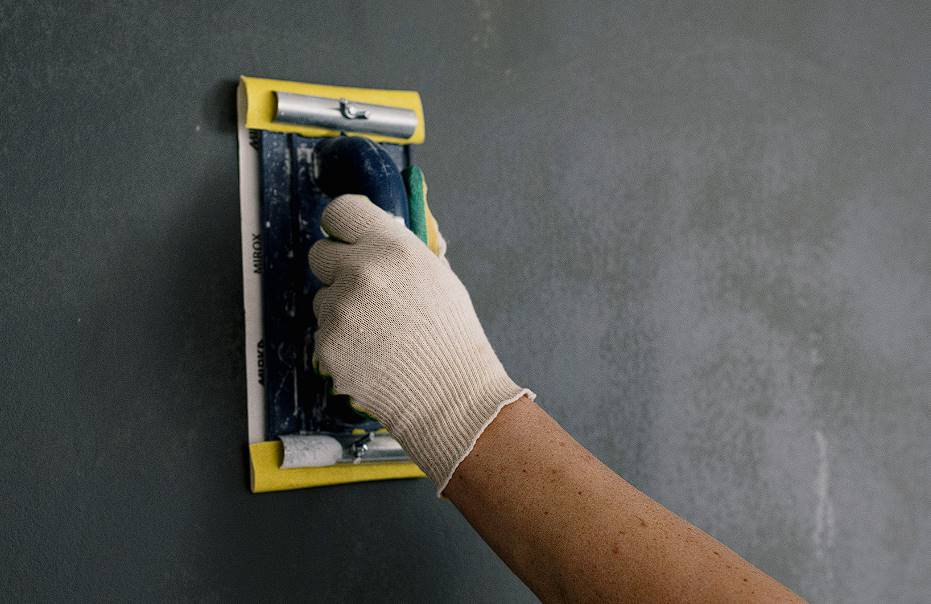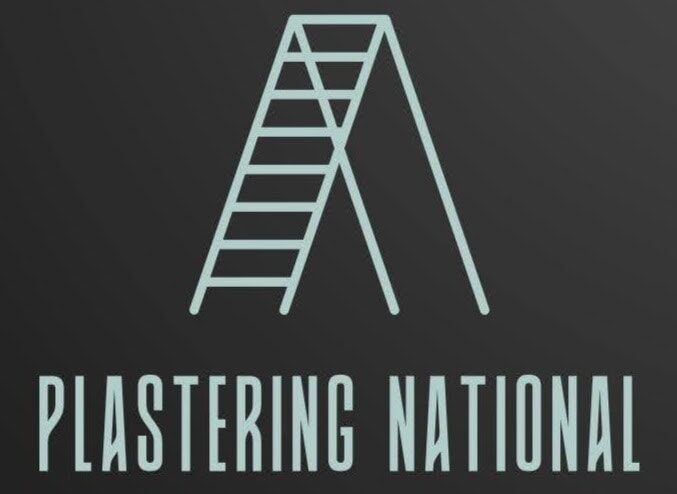Have you ever noticed how seemingly small details, like the texture of a store’s walls, can transform the shopping experience?
Plastering, often overlooked in shop design, plays a crucial role in setting the tone and feel of a retail space.
It’s not just about smoothing the walls—it’s about creating an atmosphere that resonates with the store’s brand and draws customers in.
Plastering can significantly impact a room’s size, mood, and aesthetics.
By carefully choosing plastering materials, colours, and textures, businesses can create anything from a cosy, rustic feel to a sleek, modern vibe.
Let’s look at how plastering can shape a store’s atmosphere.
Let’s get straight to the point.
Plastering significantly influences shop design by influencing the atmosphere and customer experience. It provides a durable, smooth finish while enhancing visual appeal and creating various moods, from modern to rustic.
Different types of plaster, like lime, cement, gypsum, clay, and acrylic, offer unique benefits based on their properties.
Plastering is versatile, durable, and offers artistic potential. However, it can be challenging to repair, expensive, and time-consuming to paint.
Key cost factors include materials, labour, and design complexity. Balancing budget and aesthetics requires prioritising key elements and considering flexible, phased approaches.
Benefits Of Plastering
Plaster has long been a key material for covering walls and ceilings. Although drywall has become a common option, plaster still has many advantages.
Below are some key benefits that make plastering a preferred choice in many commercial and residential projects.
1. Versatility
One of plastering’s greatest strengths is its versatility. By selecting the right plaster type and texture, you can achieve various looks and finishes, from traditional to contemporary.
Plastering can create custom designs for high-end retail spaces that align perfectly with the brand’s aesthetic.
2. Durability
Plaster is much harder and more durable than drywall. It can withstand impacts from furniture or accidental bumps, making it an ideal choice for busy public spaces.
Properly installed plaster is also resistant to fire and moisture, enhancing its durability.
3. Clean Installation
Plastering is a cleaner process than drywall. It does not require extensive sanding or cleanup, as plaster can be applied directly to the surface without creating dust or debris.
This makes it a practical choice for spaces that need to remain clean and functional during renovations.
4. Artistic Appeal
Plastering allows for unique and artistic designs. From intricate mouldings to custom shapes, skilled plasterers can create stunning architectural features that make a space unique.
These artistic elements can enhance the atmosphere of any shop, giving it a distinctive edge over competitors.
The Fundamentals Of Plastering
Plastering is a building and finishing process that involves applying a thin layer of material—such as lime, cement, or gypsum—over walls or ceilings to create a smooth and durable finish.
It not only hides imperfections but also provides structural support and visual appeal.
Different types of plaster serve different functions in construction:
- Lime Plaster: Made from lime, sand, and water, lime plaster is known for its eco-friendly properties and breathability. Due to its compatibility with traditional building materials, it’s often used in older structures or restoration projects.
- Cement Plaster: This type is long-lasting and highly moisture-resistant. It’s commonly used in modern construction, especially interior and exterior applications. It is composed of cement, sand, and water.
- Gypsum Plaster: Known for its fast-setting nature, gypsum plaster creates a flawless surface and is often used for interior walls and ceilings. Its smooth finish makes it a popular choice for modern designs.
- Clay Plaster: Made from natural clay, aggregates, and fibres, this option is prized for its eco-friendliness and ability to regulate humidity. It’s increasingly popular in sustainable and health-conscious designs.
- Acrylic Plaster: Made with acrylic resins, this plaster is flexible, water-resistant, and suitable for interior and exterior surfaces.
Challenges Of Plastering
While plastering offers many advantages, it’s important to consider some of the challenges of this technique.
1. Difficulty In Painting
Plaster is porous, which can make it tricky to paint. Achieving a smooth, even finish often requires several coats of paint. While this may be time-consuming, the result is usually worth the effort, as plaster provides a durable surface for paint and wallpaper.
2. Cost Of Repairs
Repairing plaster can be expensive and labour-intensive. If the plaster cracks or becomes damaged, a specialist must often fix it properly. This makes maintenance more costly compared to other materials like drywall.
3. Higher Costs
While plaster is only sometimes more expensive than drywall, the overall cost can vary depending on location and the materials used. Labour costs can also be higher, as plastering requires skilled workers to ensure a quality finish.
Essential Plastering Tools And Equipment
Before starting any plastering project, it’s important to have the right tools on hand. Whether you’re a professional or tackling a DIY project, these are the basic tools needed to get the job done.
- Plastering Trowel: This is the most crucial tool for plastering. A stainless-steel trowel is recommended for its durability and ease of use.
- Bucket Trowel: Scoop plaster from the bucket to the handboard or hawk. A standard bucket trowel is sufficient for most projects.
- Hawk/Handboard: A lightweight board used to hold the plaster while applying it to the wall. Foam or plastic hawks are ideal for beginners due to their lightweight nature.
- Mixer: Modern plastering requires a good mixer to ensure smooth, consistent mixtures. Mixing by hand saves time and effort.
Cost Considerations In Plastering
When planning plastering for a shop interior, it’s important to consider both the immediate and long-term costs. Several factors can affect the overall expense of a plastering project.
1. Material Costs
The cost of plastering materials can vary significantly depending on your chosen type. Cement-based plasters, gypsum, and lime have different price points, but it’s important to consider their durability and maintenance needs.
2. Labour Costs
Skilled labour is essential for high-quality plastering. Getting multiple quotes from contractors who understand your design requirements.
Labour costs should include surface preparation, plaster application, and finishing.
3. Design Complexity
The more complex the plaster design, the higher the cost. Intricate details or large decorative features require additional time and skill, so ensuring the design aligns with your budget is important.
4. Maintenance And Longevity
While plaster may have a higher upfront cost than other materials, it’s important to factor in long-term maintenance and durability. High-quality plastering can reduce repair costs over time, making it a worthwhile investment for many businesses.
Balancing Budget And Interior Appeal

Creating a stunning shop interior on a budget can be challenging, but with careful planning and consideration, it’s possible to achieve both aesthetic appeal and cost-efficiency.
1 . Prioritise Key Design Elements
Focus on the most impactful design elements first. If plaster is used to create a specific look or feel, allocate a larger portion of your budget to these areas. Prioritising key features ensures that the design remains cohesive and effective.
2. Flexibility In Materials
There are often less expensive alternatives to high-end materials. For example, cement-based plasters can sometimes mimic the appearance of more costly options like lime or gypsum.
Being flexible with materials can help you achieve a similar look without breaking the bank.
3. Phased Implementation
If working within a tight budget, consider completing the plastering in phases. Start with the most critical areas and gradually move on to other store sections as funds allow.
4. Local Artisans And DIY Options
Consider hiring local artisans or attempting a DIY approach for simpler plastering projects. However, for more complex designs, it’s important to rely on professionals to ensure the quality and safety of the work.
Conclusion
Plastering is a vital aspect of shop design, influencing the atmosphere and the customer experience.
By carefully selecting the right materials, textures, and finishes, businesses can create a unique and inviting space that aligns with their brand identity.
Plastering offers numerous benefits, including versatility, durability, and aesthetic appeal, but it also comes with challenges, such as higher repair costs and complexity in application.
With the right tools and a clear understanding of costs, you can balance your budget while creating an interior that enhances the shopping experience.
FAQs About Plastering Shop Fit Outs
How Does Plastering Affect The Overall Look Of A Shop’s Design And Atmosphere?
Plastering plays a significant role in shaping a shop’s design and atmosphere. It is the foundation for the shop’s aesthetics, providing a smooth and visually appealing surface for further decoration. The type of plaster used, its texture, and colour can all influence the shop’s ambience. A well-plastered interior can create a clean, sophisticated, inviting atmosphere that attracts customers.
Can Plastering Impact The Acoustics Of A Shop?
Yes, plastering can affect a shop’s acoustics. The choice of plaster and its thickness can either enhance or dampen sound within the space. Smooth plaster surfaces tend to reflect sound, while textured plaster can help absorb and diffuse it. Shop owners can use plaster to tailor the acoustics to their preferences, creating a comfortable and pleasant sound environment for customers.
Does Plastering Affect The Lighting In A Shop?
Plastering can indeed impact the lighting in a shop. The finish and colour of plaster can influence how natural and artificial light interacts with the interior. Light-colored plaster reflects and amplifies light, making the shop brighter and more inviting. In contrast, dark-coloured plaster may absorb more light, creating a cozy and intimate atmosphere. Properly designed plasterwork can optimize lighting to enhance the shop’s overall appeal.
Is Plastering A Cost-Effective Option For Shop Design?
Plastering can be a cost-effective choice for shop design when considering its long-term benefits. While initial plastering costs may vary depending on materials and labour, it offers durability and longevity. Properly maintained plaster can last for decades, reducing the need for frequent renovations. Additionally, its versatility allows for various design possibilities, making it a cost-effective investment in the overall aesthetics and atmosphere of the shop.
How Does Plastering Contribute To The Maintenance Of A Shop’s Atmosphere?
Plastering contributes significantly to maintaining a shop’s atmosphere by providing a durable and easily maintainable surface. High-quality plaster is resistant to wear and tear, making it suitable for high-traffic areas. It can be cleaned and repaired relatively easily, ensuring the shop maintains its appealing appearance and atmosphere over time. Additionally, plaster’s timeless aesthetic qualities help preserve the shop’s desired ambience for years.


